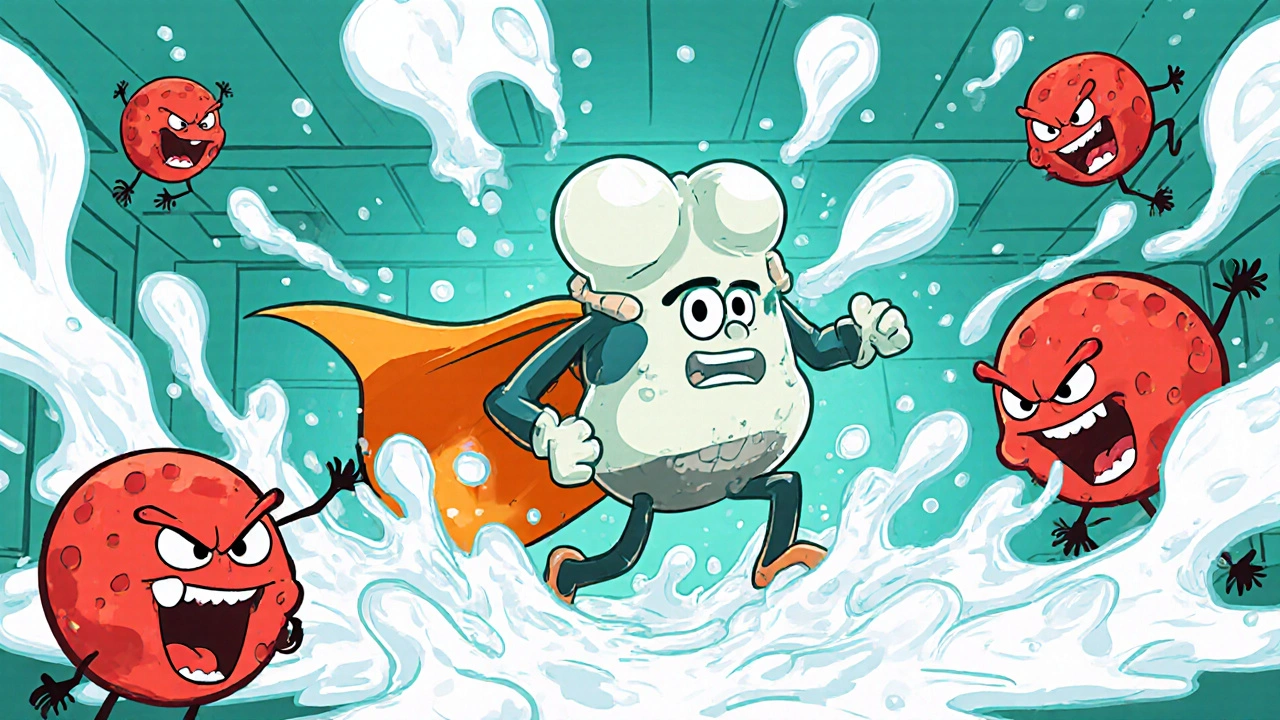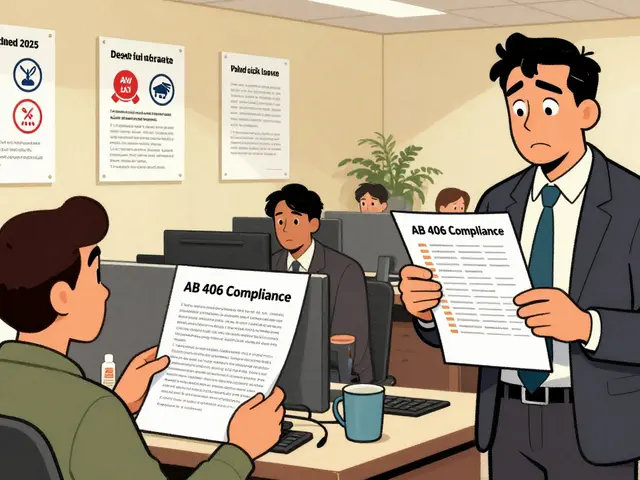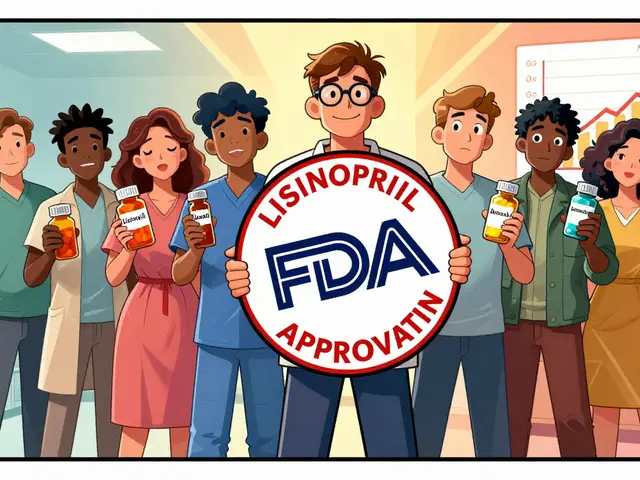Acne Treatment: Practical, Safe Steps That Work
If acne is wearing you out, there are simple, proven steps you can use today. This page cuts the confusion: what to try first, how long it takes, and when to get a prescription. No magic promises — just clear, practical advice that helps most people see real improvement.
Start with a simple daily routine
Keep your routine short and consistent. Cleanse with a gentle, non-foaming or mild foaming cleanser once or twice daily. Use a treatment product containing either benzoyl peroxide (2.5–5%) or salicylic acid (0.5–2%) to target acne-causing bacteria and clogged pores. If you can tolerate it, add an OTC retinoid like adapalene 0.1% at night — it speeds cell turnover and prevents new spots.
After treatment, use a lightweight, non‑comedogenic moisturizer to reduce dryness and irritation. In the morning, don’t skip sunscreen — many acne treatments make skin more sun-sensitive. If you have active pimples, you can use a hydrocolloid patch to protect them and reduce picking.
When over-the-counter options aren’t enough
If your acne is moderate, widespread, or leaving scars, a prescriber may suggest stronger options. Topical prescription retinoids (tretinoin or higher-strength adapalene) and topical antibiotics or benzoyl peroxide combinations help many people. For inflammatory acne, oral options include doxycycline or minocycline for a limited time. Hormonal treatments—combined birth control pills or spironolactone—work well for people with hormonal flares. For severe, nodular acne, isotretinoin can clear acne for good, but it requires strict monitoring and pregnancy prevention because of serious risks.
Always ask about side effects and follow-up. Many prescription treatments need a few weeks to show benefit and some blood tests or pregnancy checks depending on the drug.
Small changes that help: don’t squeeze pimples (it makes scars more likely), change pillowcases every few days, avoid heavy oil-based makeup, and choose non-comedogenic skincare. Some people see benefit from lowering high-glycemic foods, but diet effects vary—watch your own response.
Expect patience: most topical plans need 8–12 weeks before clear improvement. Start one active at a time so you can tell what’s working and what’s irritating your skin. If a product causes severe redness or swelling, stop and check with a clinician.
Buying meds online? Use reputable pharmacies with clear contact details and required prescription checks. Don’t use sites that sell prescription-only drugs without asking for a valid prescription. If you’re unsure, talk to your local pharmacist or doctor before ordering.
If acne affects your mood, sleep, or confidence, that’s a reason to see a dermatologist sooner. They can create a tailored plan that reduces downtime and minimizes scarring. Start simple, be consistent, and get help when you need it—clearer skin is usually a step-by-step process, not a sprint.

Top Benzoyl Peroxide Acne Treatments for Every Skin Type (2025)
Discover the top benzoyl peroxide acne treatments for oily, dry, sensitive, and combination skin, with a detailed comparison table and usage tips for 2025.
View More
Accutane: Real Experiences, Side Effects, and Acne Treatment Success
Struggling with stubborn acne? This article digs into Accutane, exploring how it works, who might need it, and what to expect if you go on it. Experience real, relatable advice and facts you won't find on the pills' insert. You'll also get practical tips for managing side effects and making the most of your treatment, so you can move toward clearer skin with confidence.
View More




